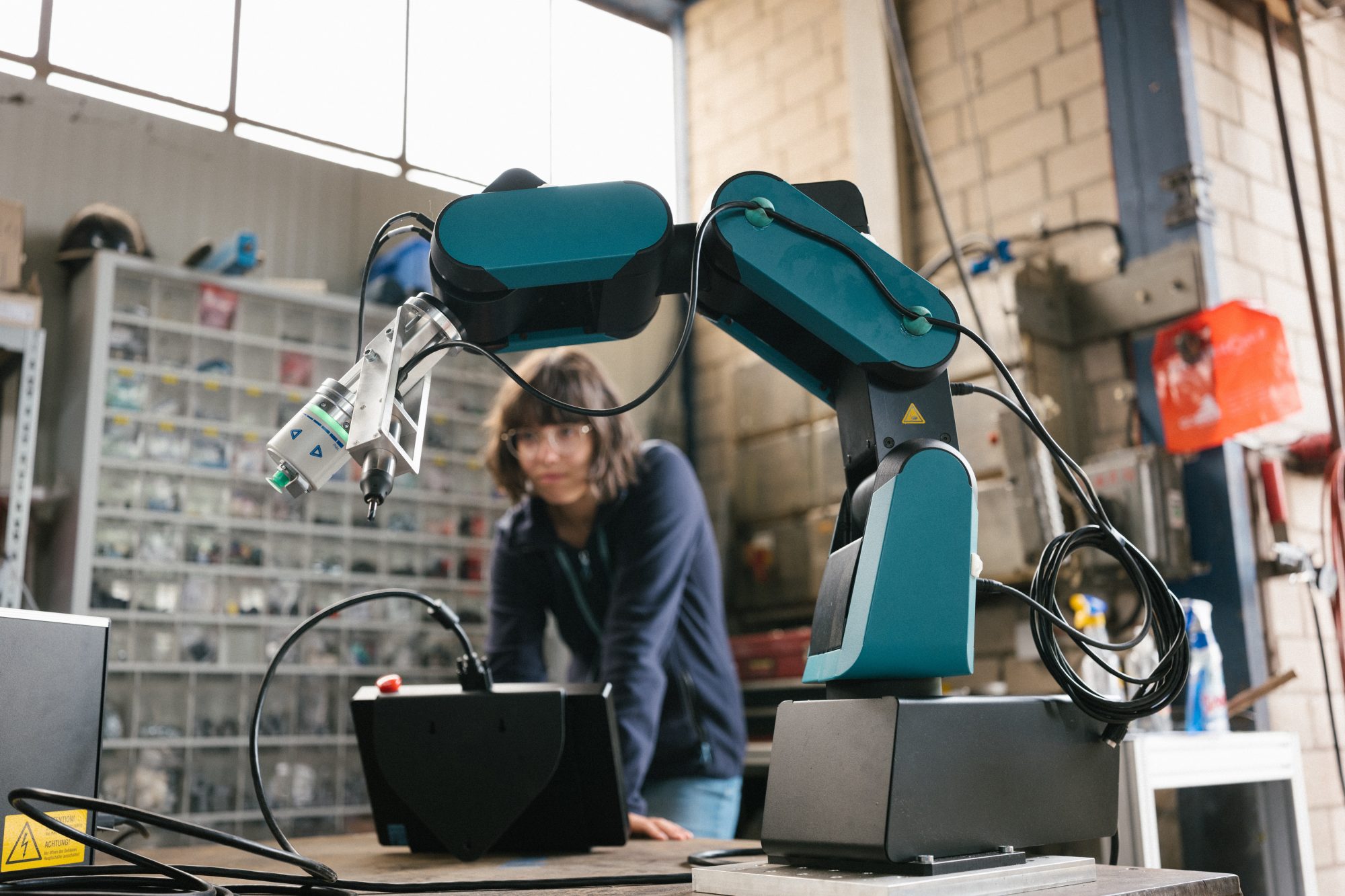Robotic Process Automation is being used across multiple sectors, including banking, healthcare, telecom, and business functions, to revolutionise the way we work
Today we perceive monotonous and dehumanizing factory work as a distant memory, blown away by the massive deployment of industrial robots.
But on the other hand, this repetitive workflow has been transferred to the service sector. There, in the depths of their offices, millions of employees are engaged in tedious and mundane tasks such as data entry, invoicing, and inventory management.
Fortunately, things are changing thanks to the skyrocketing adoption of robotic process automation (RPA) across various industries.
As a result, RPA use cases spread across multiple sectors, including banking, healthcare, and telecom, and business functions, such as RPA in HR and accounting.
Robotic Process Automation use cases by industry
The list of the most common RPA use cases is long. To simplify our overview, we can split these use cases based on the sector in which they are effectively implemented.
The BFSI sector alone accounted for more than 29% of the global RPA market
This significant macro group includes the banking, financial services, and insurance industries.
According to Grand View Research, the BFSI sector alone accounted for more than 29% of the global RPA market, ranking No. 1 among all major industries in 2021.
Among the top RPA use cases in BFSI, we can count:
- KYC: Know Your Customer (KYC) is a particularly demanding process in terms of FTEs and financial resources. But it is mandatory to check and validate customer data. RPA in banking can lower the costs and time needed for customer verification.
- Accounts payable: RPA can automate the AP process, which requires the collection of supplier invoices, validation, and data processing to autonomously credit the right amount to the supplier’s account.
- Mortgage and credit card processing: The mortgage loan or credit card approval process is tightly regulated and requires numerous steps to verify a client’s eligibility. RPA can decrease verification times from days to minutes, reducing the waiting period.
- Claim verification and processing: RPA in insurance is commonly used to speed up complaint processing. It ensures more efficient data verification to minimize the possibility of fraudulent complaints.

Healthcare is the fastest-growing segment of the global RPA market
Healthcare is expected to expand with the highest CAGR in the coming years. It’s not surprising considering the need for smart hospitals to efficiently, quickly, and securely manage a massive amount of private data.
Some of the notable use cases of RPA in healthcare are:
- Patient appointment scheduling: Matching appointment requests with the actual availability of doctors is a long and tedious process, which must take into account the patient’s health conditions and the specialists’ schedules. This planning can be streamlined with healthcare BPM solutions powered by RPA.
- Treatment cycle monitoring: By automating the collection and processing of patients’ data, RPA-based tools can keep these records constantly updated and quickly extract them from databases. This information is invaluable in helping doctors diagnose and choose the best therapies.
- Post-discharge guidelines: Automated solutions can help support patients after hospitalization when they can no longer be monitored directly by their doctors. For example, RPA can automate the regular sending of personalized reminders about therapies, prescription withdrawals, or upcoming lab tests.
The telecoms sector is among the most advanced in implementing RPA
Some of the most relevant Robotic Process Automation use cases in this industry are:
- Ticket resolution: According to McKinsey’s estimates, 40-80% of the service desk ticket resolution workflows can be automated via RPA, especially in the case of password reset and login tickets. These are numerous but relatively simple tasks to manage via bots.
- Account checking and porting: Telecom companies are shifting from manual to automated processing of customer data to perform multiple tasks. These include account control to approve deferred payments, reporting connectivity issues, and transferring users’ phone numbers when they change operators.
- Dispute resolution: Bots are essential tools in customer service automation. For example, they can automatically classify different customer complaints, such as a faulty phone line, and assign them to the right support team for faster resolution.
Retail benefits massively from RPA
The retail sector can also significantly benefit from RPA implementation. The advanced automation solution is successfully used for the following purposes:
- Product analytics and customer satisfaction: RPA helps collect sales data and automate certain aspects of retail business intelligence. Such information is essential for choosing the best promotions and products to increase customer retention rates.
- Stock management: Another advantage guaranteed by RPA in warehouse management is the ability to automate inventory monitoring, keeping track of any changes in real-time. Bots can autonomously request a restock if inventory falls below a critical threshold, significantly reducing the risk of out-of-stock situations.
- Product classification: Manual categorization of SKUs is time-consuming and particularly error-prone. RPA can play a pivotal role improving product categorization accuracy by 98.5%, according to Everest Group’s report.
Robotic Process Automation can improve productivity in manufacturing
When it comes to automating operations in the manufacturing industry, RPA can provide technicians with valuable insights to improve productivity, streamline maintenance services, and ensure worker safety. RPA in manufacturing can also be leveraged for:
- Purchase orders: Manual processing of purchase orders is a demanding task that should be performed for every component and raw material purchased. RPA is generally adopted to speed up these transactions, reduce the possibility of errors and automate the sending of notifications to the departments responsible for approval.
- Accounting and administrative tasks: RPA is a common tool to generate and send sales invoices to customers autonomously, quickly, and accurately. It can also create accurate production reports to support data-driven decision-making.
- Bills of materials: Another long and tedious operation that can be automated with RPA is the generation and updating of bills of materials, containing details of the components, materials, and sub-assemblies required to create a product.
It’s not perfect, but we can fix that
According to Stephen Hawking and a long list of other characters, both real and fictional, “perfection just doesn’t exist.” And robotic process automation is no exception.
It is an effective tool that can be deployed for various applications but has some drawbacks. It lacks analytical skills and struggles to interpret any event that deviates from the norm. Moreover, it risks significant social upheaval and reluctance.
Therefore, any implementation strategy should focus on integrating RPA with AI, selecting the most suitable use cases, and investing in workforce retraining if needed. Even though we’re talking about machines, it’s still a matter of humans.
This piece was written and provided by Roman Davydov.











